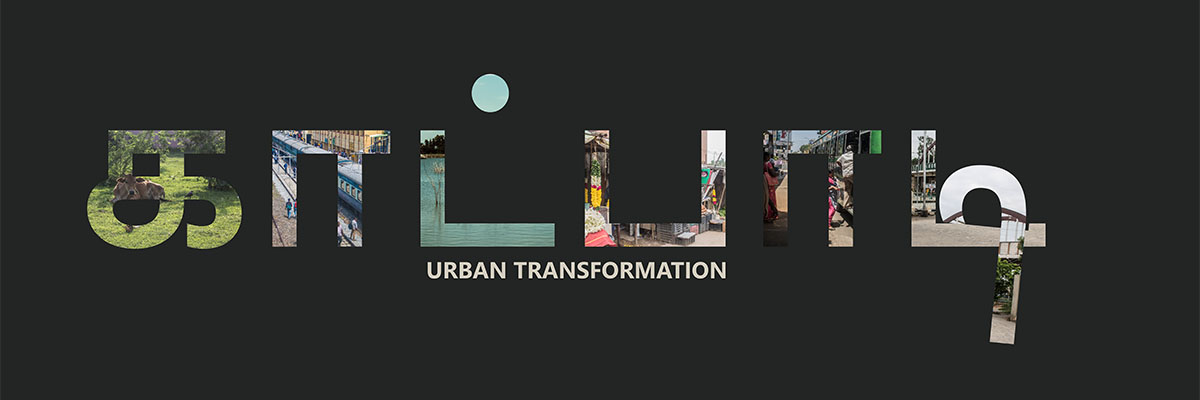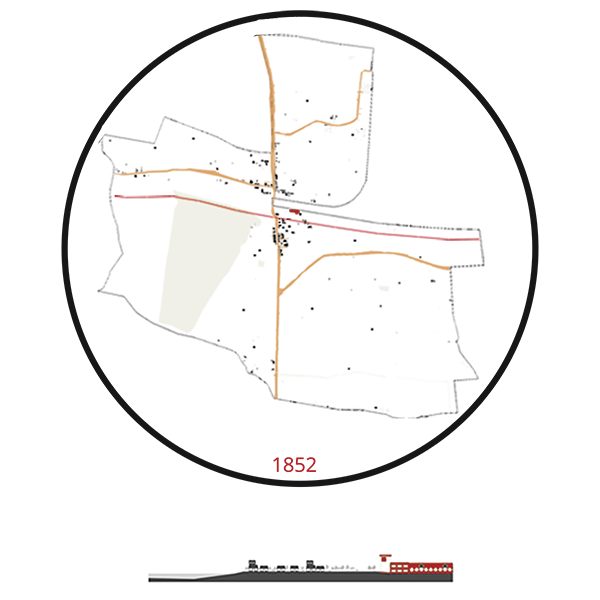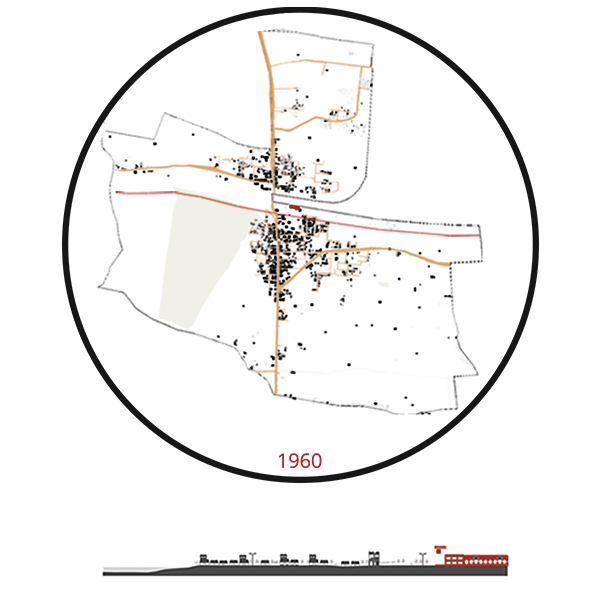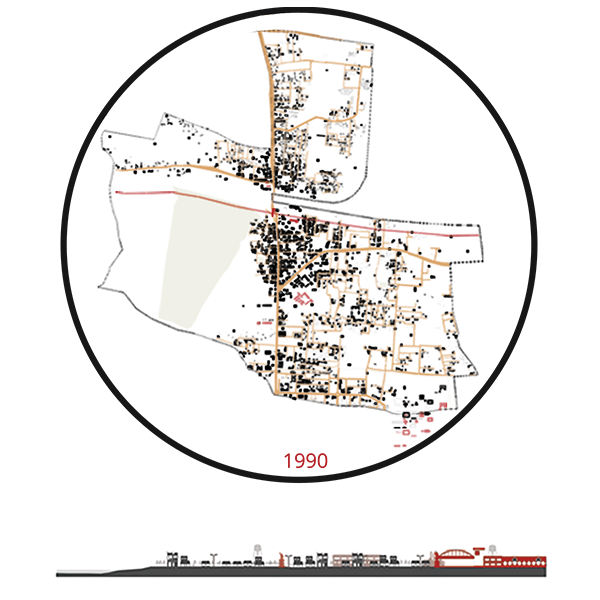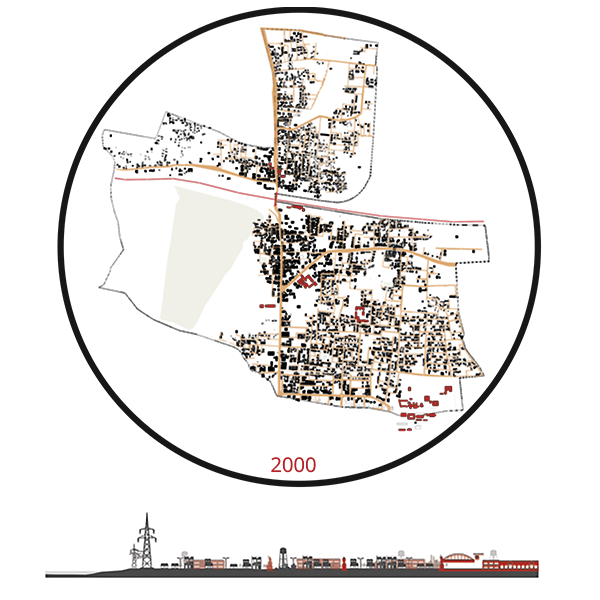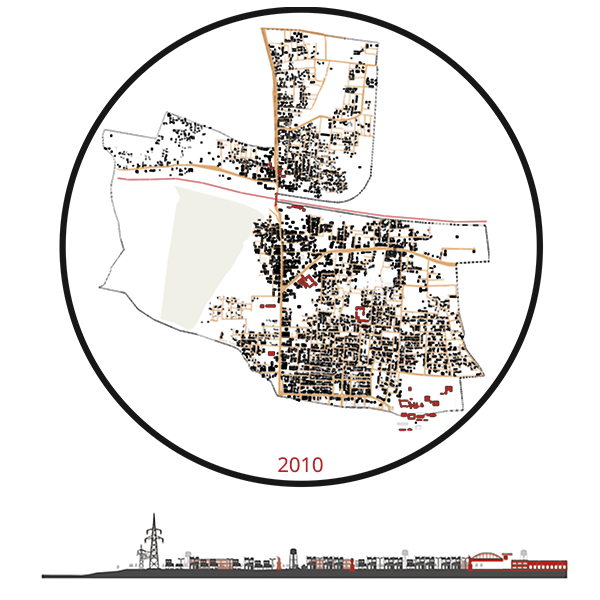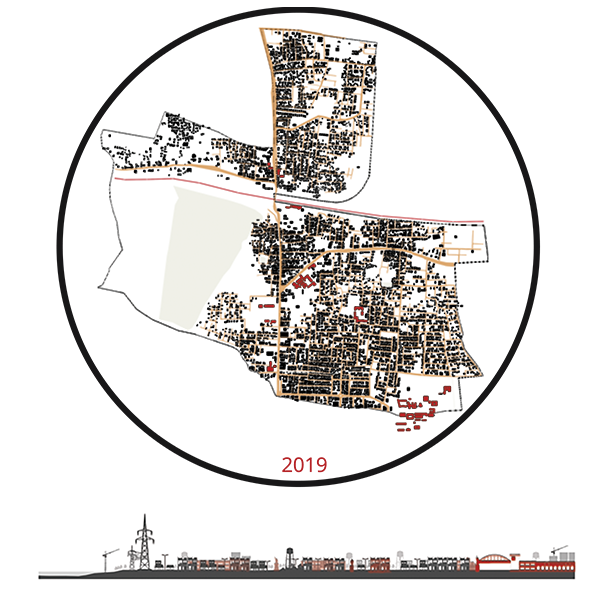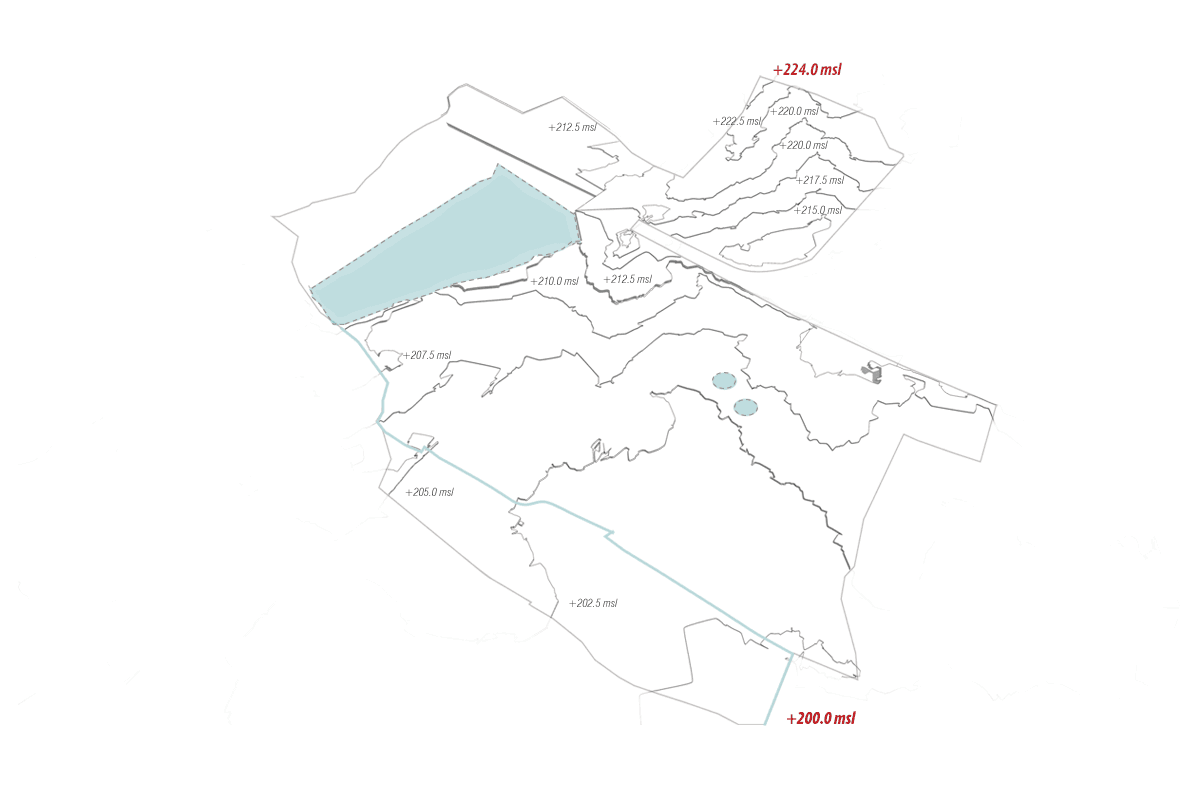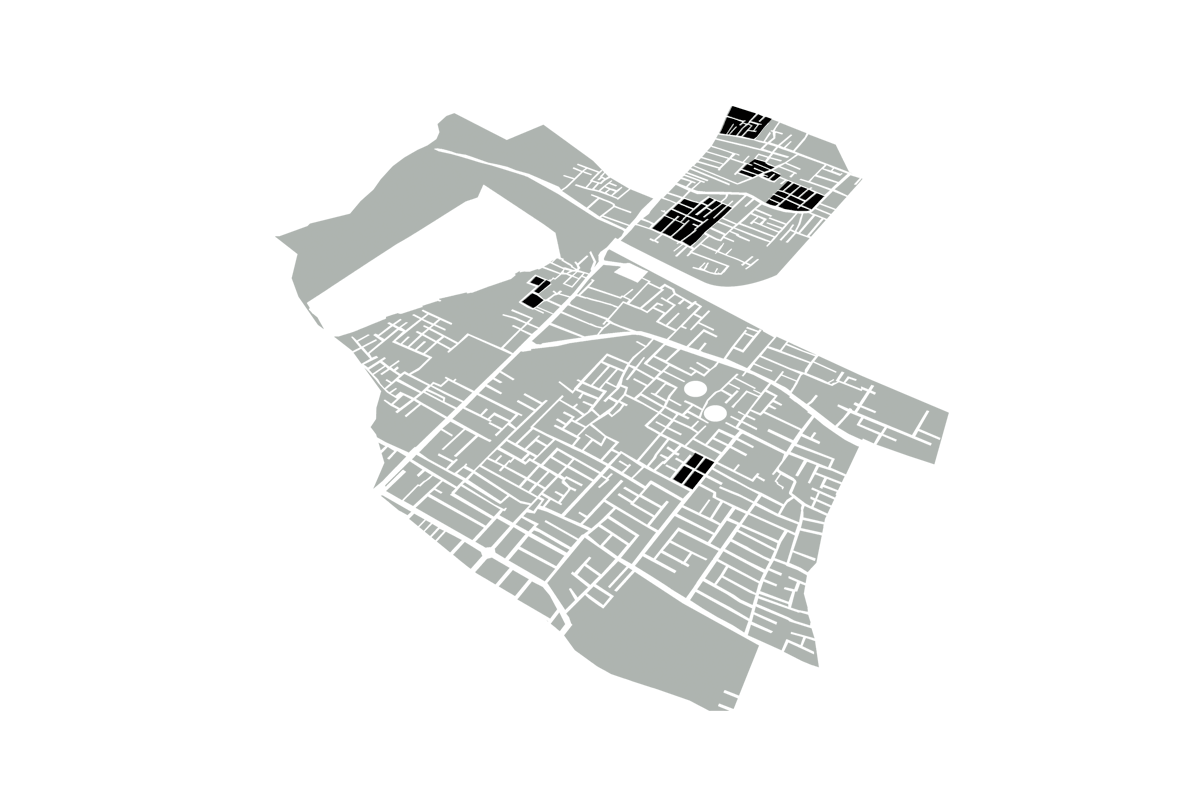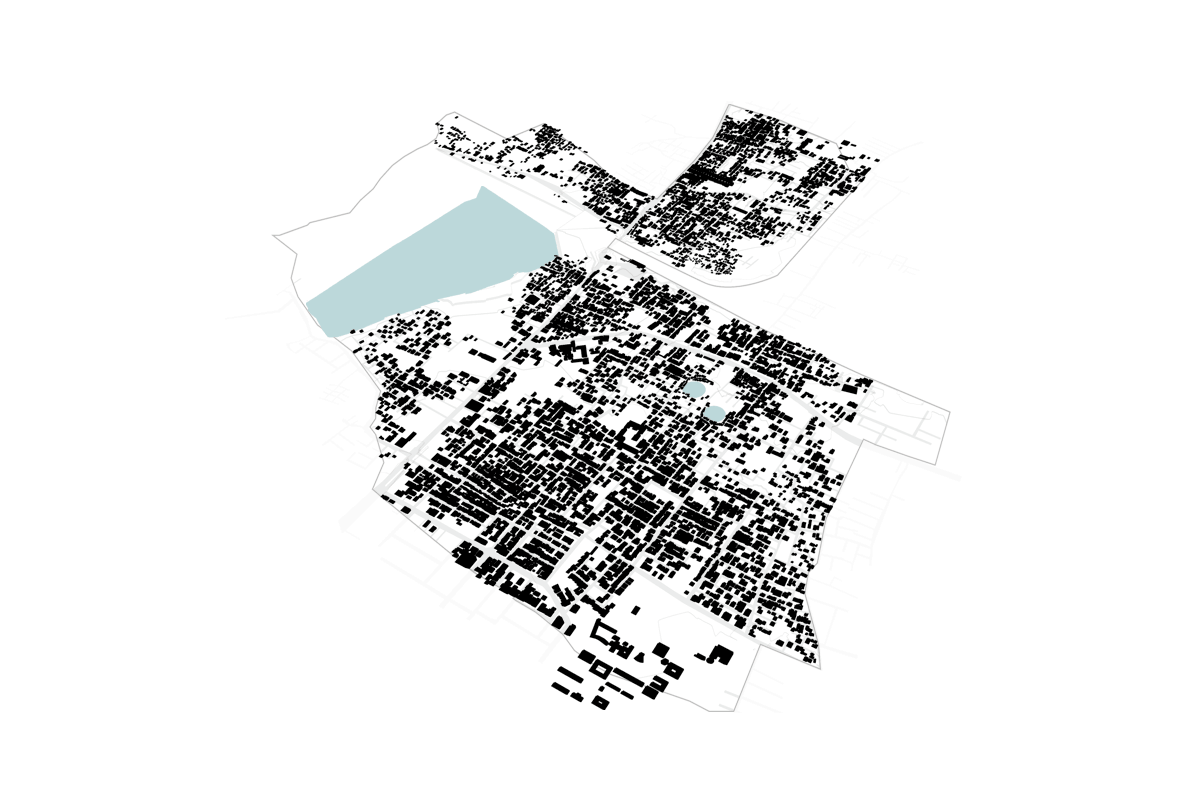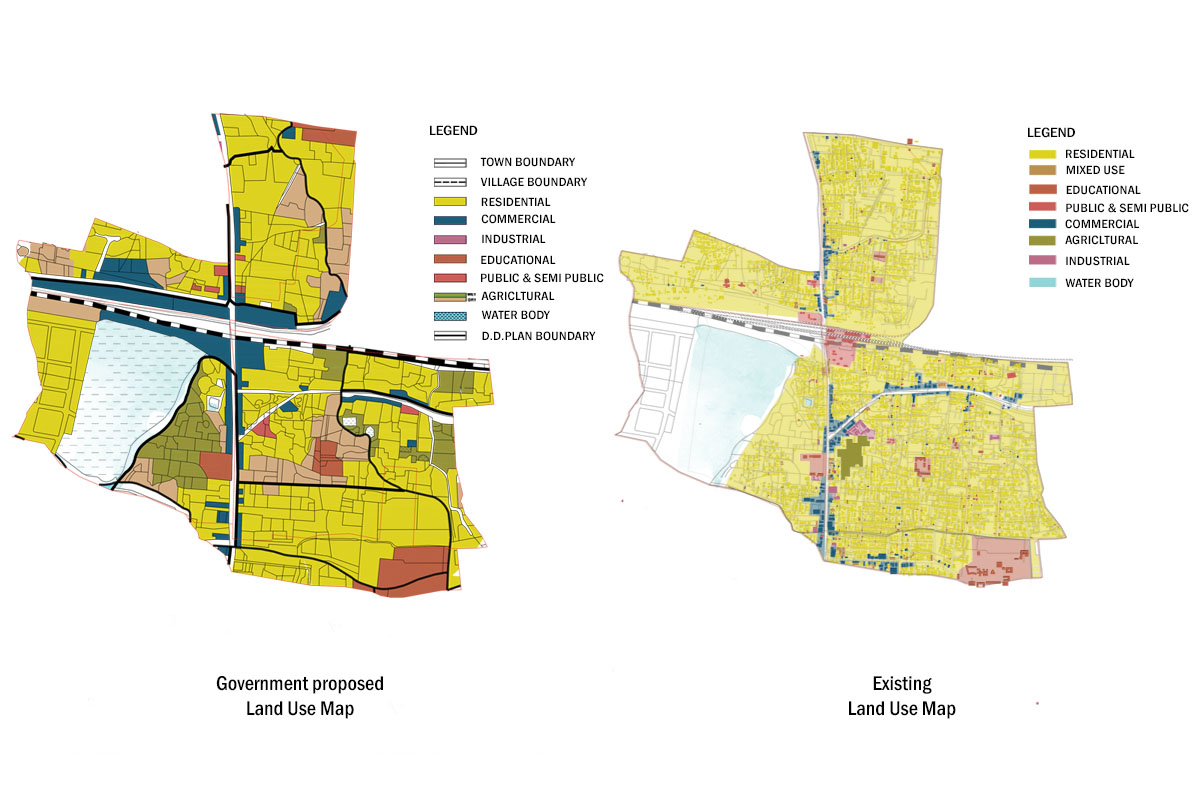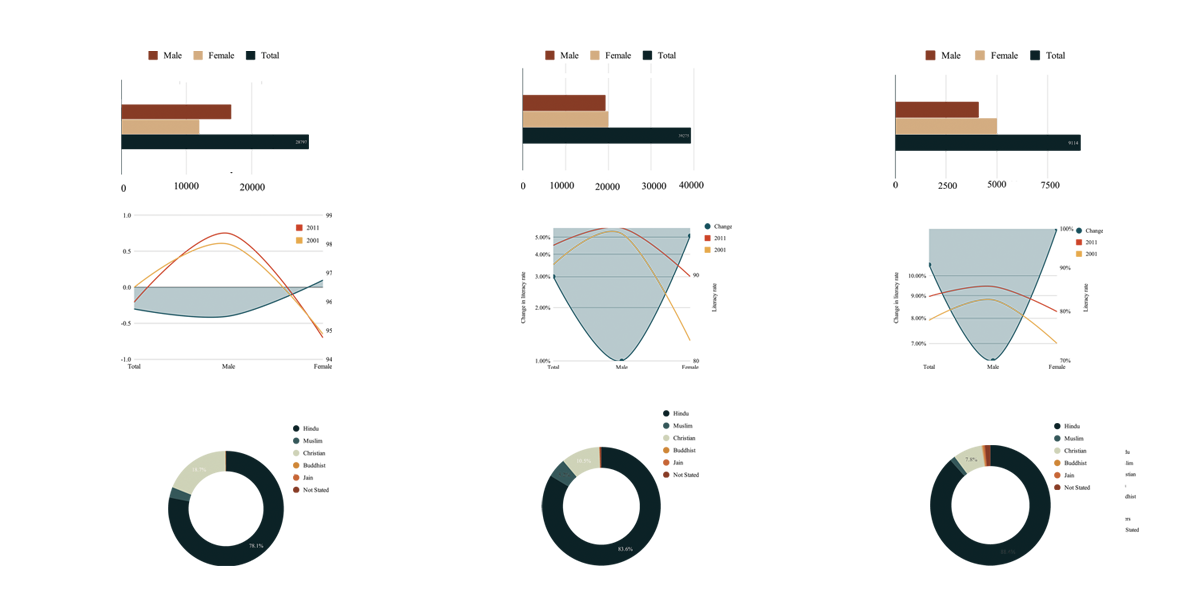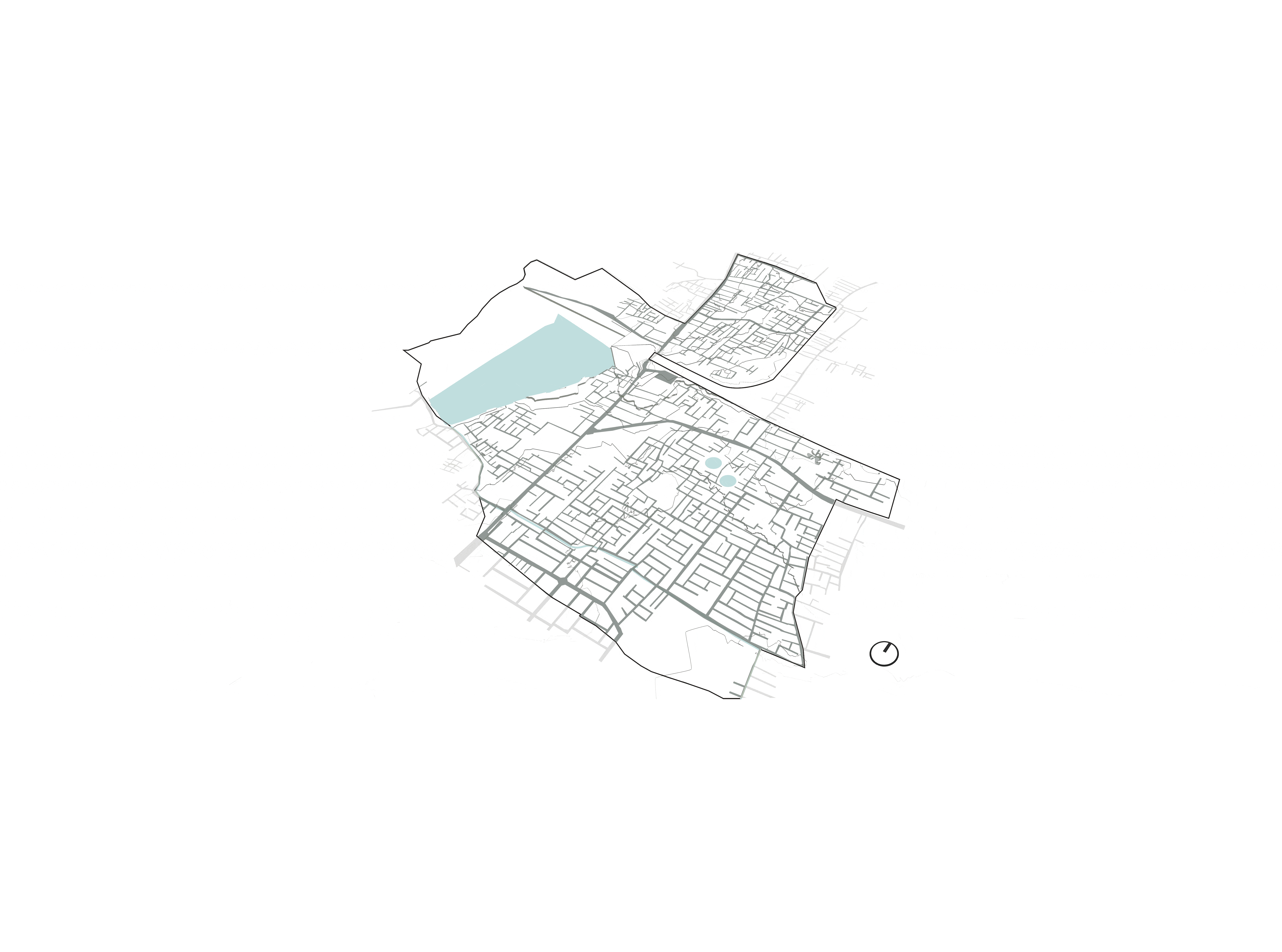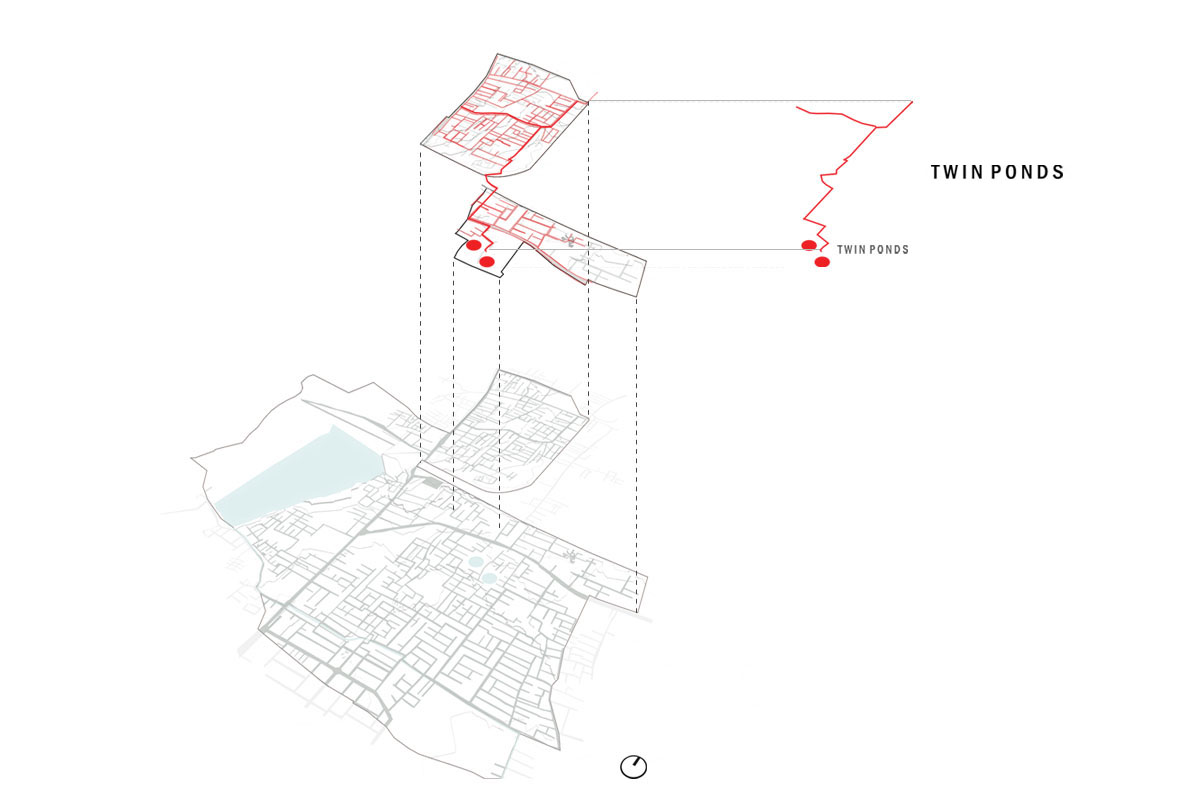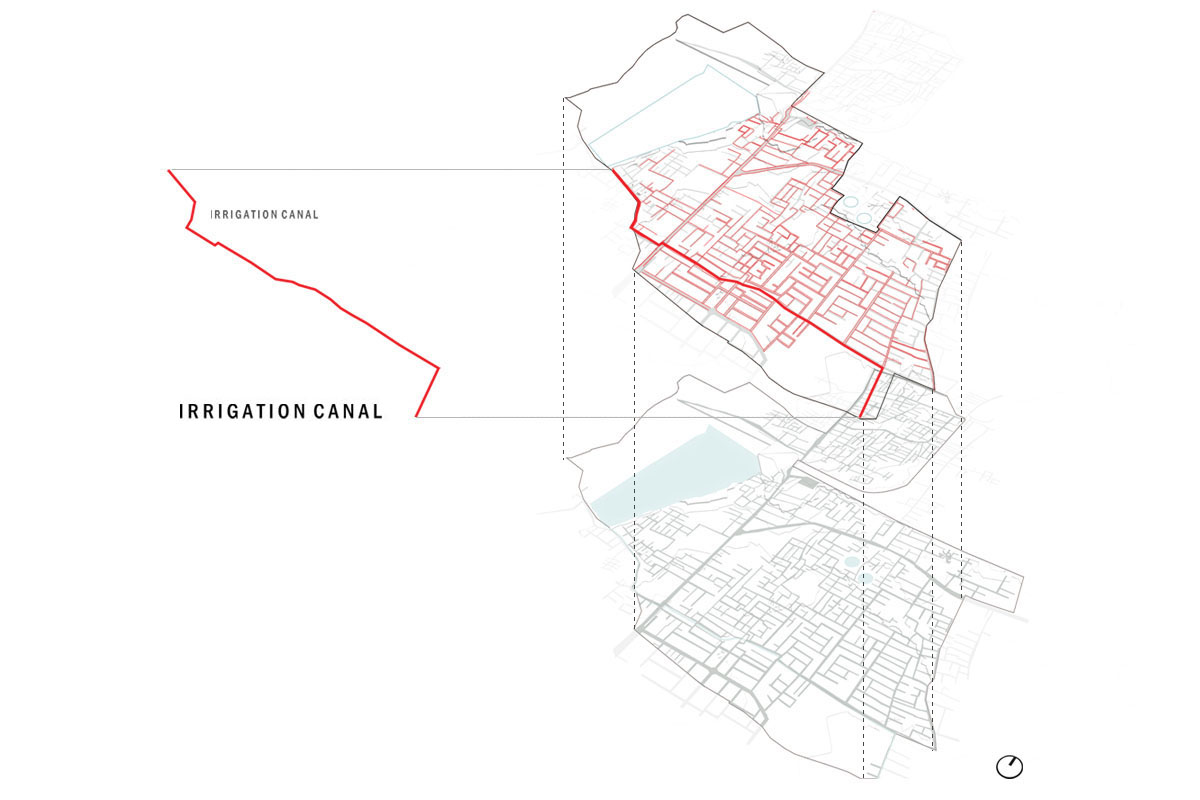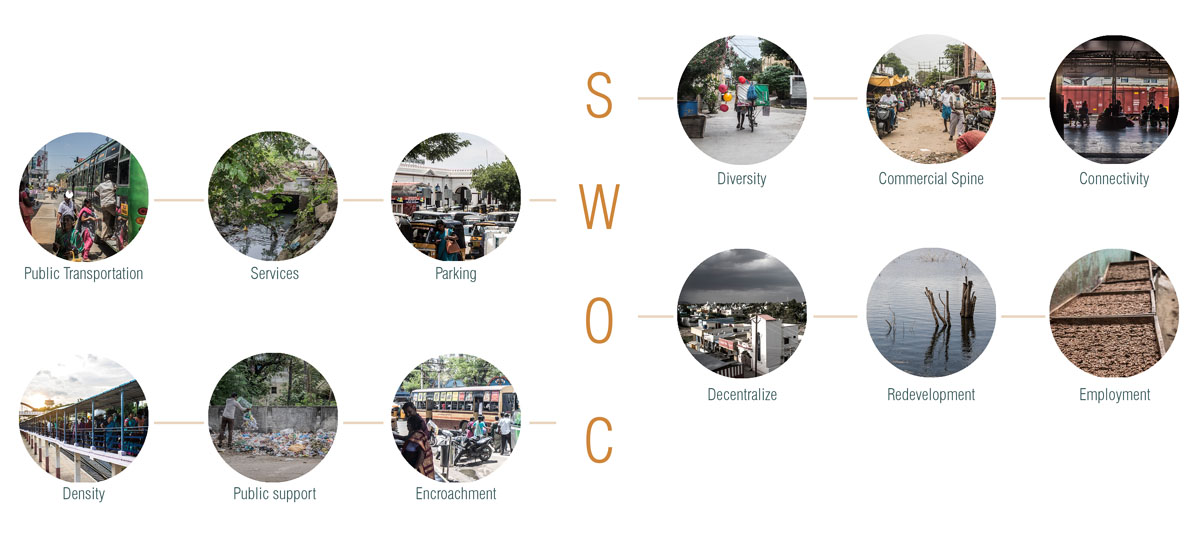
Contour
Lowest site level - +200.0 msl | Highest site level - +224.0 msl
The site contour slopes down towards the Palar river with the highest and lowest level being +224.0 msl and +200.0 msl respectively. Gopal samuthram the natural water catchment lake collects runoff water from the northwestern part of the site. The twin ponds in the site are natural rainwater catchment ponds for Old Katpadi but now are polluted by sullage and sewage lines that open into these ponds. Runoff rainwater of lower parts of the site is connected and carried out of the site through the irrigation canal carrying surplus water from the Kalinjur lake.
